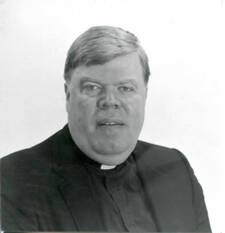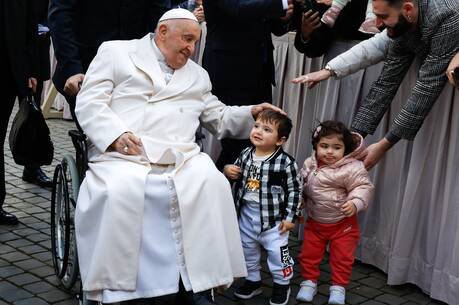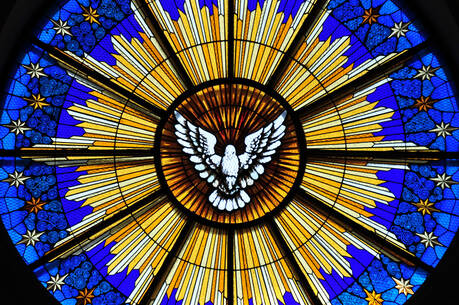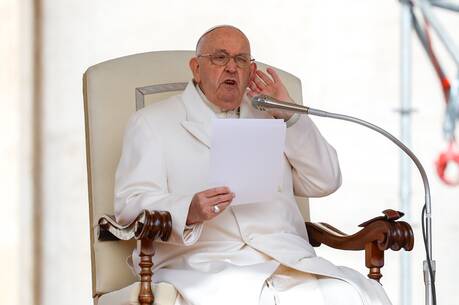First, they came for the intellectuals. On April 24, 1915, Turkish troops arrested 250 prominent Armenian journalists, professors and business leaders in Constantinople. They would not return.
The opening assault against Armenians soon broadened into a systematic campaign. Armenian soldiers—all able-bodied men had been drafted into the Ottoman wartime army—were transferred to new labor battalions, where they faced execution or death from exhaustion. Women, children and the elderly were subjected to deportation from the ancient Armenian homeland of East Anatolia. Many perished from the grim circumstances of their deportation. Others died in the anti-Armenian massacres that erupted in towns scheduled for Armenian removal. Thousands of women and children died in the forced marches through the Syrian desert.
The methods used to annihilate the Armenians stunned even some of the Ottoman Empire’s Axis allies. Entire villages were destroyed as thousands of Armenian civilians were burned to death. Personnel of foreign consulates witnessed the calculated drowning of women and children who had been sent into the Black Sea in overcrowded boats. Already employed on the war front, poison gas was used to kill prisoners in caves and schools.
The anti-Armenian campaign had a bitter anti-Christian orientation. In her memoir Ravished Armenia, the survivor Aurora Mardiganian describes the crucifixion of 16 Armenian adolescent women she witnessed in the town of Malatia. “Each girl had been nailed alive upon her cross, spikes through her hands and feet. Only their wind-blown hair covered their bodies.”
By the end of the extermination campaign, approximately 1.5 million Armenians had perished.
Turkish authorities have long objected to the use of the term genocide to describe the mistreatment of the Armenians. They claim that the deportations had a military justification, since the Armenians lived on the border with the Russian enemy and had shown some sympathy for their Russian co-religionists. Allegedly, the massacres were isolated incidents inflamed by wartime passions; the starvation was caused by the famine-like conditions of wartime Turkey. But explaining the social context for the emergence of genocide cannot explain the genocide away. Many diplomatic observers of the anti-Armenian campaign quickly noted its genocidal nature.
The U. S. ambassador, Henry Morgenthau, claimed that “when the Turkish authorities gave the orders for these deportations, they were giving the death warrant to a whole race.” The German ambassador, Hans Freiherr von Wangenheim, arrived at the same conclusion: “There no longer can be any doubt that the Porte [the Ottoman government] was trying to exterminate the Armenian race in the Turkish Empire.” Raphael Lemke, the scholar who coined the word genocide, invented it in response to the details of the anti-Armenian campaign he had studied for years. The Armenian community has long described the genocidal campaign as Medz Yeghern, translatable as “The Great Crime.”
The centennial commemoration of the Armenian genocide is a summons to sober contemplation. In unspeakable ways, it poses the lacerating problem of evil. The suffering of one innocent person is scandal enough. But why so many? With such sadism? Fueled by such religious contempt? It has rightly been categorized as our first modern genocide. The train, the telegraph and the gas chamber all played their lethal part. Medz Yeghern lays bare the scapegoating mechanism at the font of many genocides. The ethnic and religious other is perceived as an intolerable enemy. The envy of a social minority that seems to be comparatively affluent and well educated flames into lethal rage when the nation faces military or economic crisis.
For the Christian, the annihilation of the Armenians is a call to embrace the cross. The oldest of Christian nations, having adopted Christianity as the national religion in 301, Armenia has long had the mission of proclaiming the truth of the Gospel by enduring a martyrdom that recreates the very wounds of Christ on the cross. The crucified adolescents of Malatia reveal the price of the cross and summon us to rediscover why we are Christians in the first place.
Our first duty is to remember and listen.








